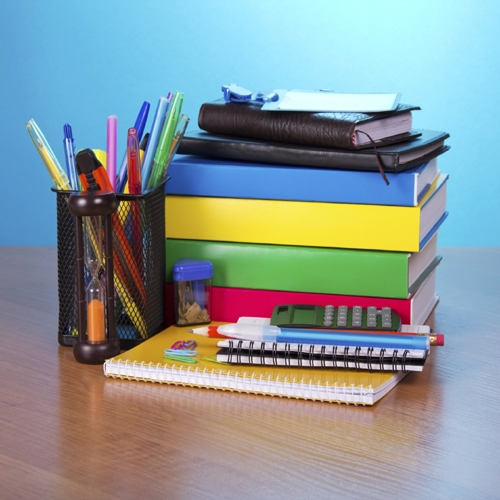Management, Stationery
How to Manage Office Stationery
3. Track the dates of your stationery orders to create an estimated date of when you’ll need to order more. This is just a guideline, but it helps you manage overuse. If you have to reorder envelopes a month earlier than expected, this may be a red flag that one department is hoarding envelopes or someone is taking them home for personal use.
4. Reuse old stationery to reduce costs on notepads or test copies. This means you need to reorder note pads and copy paper less often, helping you manage those items. Ask employees to take paper printed on one side that they don’t need anymore — such as notes from last week’s presentation — and cut it in half horizontally. They can staple the pages together at the top with the printed sides facing down to recycle old stationery into usable note pads. Keep a few pages whole for staff to use when they are printing or copying test pages to see if the copy on the pages fits correctly or to see if the colors are correct.
5. Shred sensitive documents printed on your stationery and recycle the shredded paper. Create a secure, central location for employees to deposit sensitive documents, such as a covered bin with a thin slot in the top. Shred the documents weekly — or more often if necessary — to maintain confidentiality. Provide several recycling bins for non-sensitive paper to encourage people to recycle rather than throw old stationery in the garbage.

